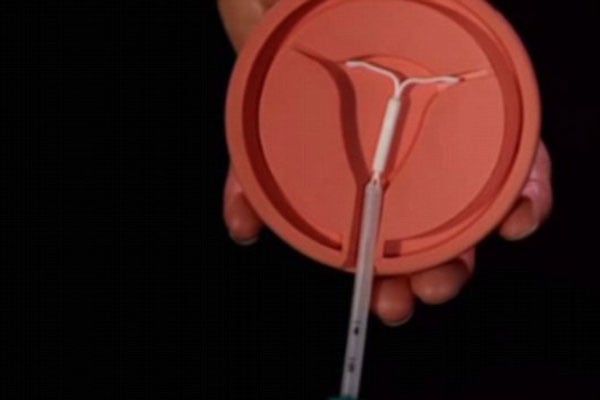Prime
Is the coil a safe family planning method?

The coil is ideal for women in stable, monogamous relationships especially those who have delivered before, whether by caesarean section or the normal way.
What you need to know:
- Today’s coils have plastic instead of braided strings for their removal and diligently inserting them usually further eliminates the likelihood of coil-associated infection.
I am a 26-year-old mother of three. I wanted to use a coil for family planning but was told it could cause infections. In fact, when I used it before, I would always get infections. What is a safer option? Mai
Dear Mai,
Family planning is used by a couple to attain their desired number of children and desired spacing. Unfortunately, in Uganda, it is women who usually go in for family planning, with one of the most popular methods being the use of the so-called copper “T” Intra Uterine Contraceptive Device, which refer to as a coil.
This coil works by preventing fertilisation through releasing into the inside of the uterus and fallopian tubes toxic copper which mainly kills sperms although reportedly, even a fertilised egg may be destroyed.
It is known that when a woman has many sexual partners or her sexual partner has many sexual partners then that woman is likely to risk getting sexually transmitted diseases, whether she has a coil in place or not.
Muslim women, though they may have many co-wives, may use the coil for family planning because coils do not increase the risk of contracting STIs as suspected.
If a woman with an inserted coil gets an infection of the genitals, it is usually because of a previously unnoticed infection before IUD insertion or because the instruments or IUD carried the germs that cause infection.
It is important to visit a doctor to be checked for genital infections before a coil is inserted or when you notice an unusual discharge such as a grey, fishy-smelling discharge which might indicate an overgrowth of genital bacteria (bacterial vaginosis), usually associated with the coil.
Today’s coils have plastic instead of braided strings for their removal and diligently inserting them usually further eliminates the likelihood of coil-associated infection.



